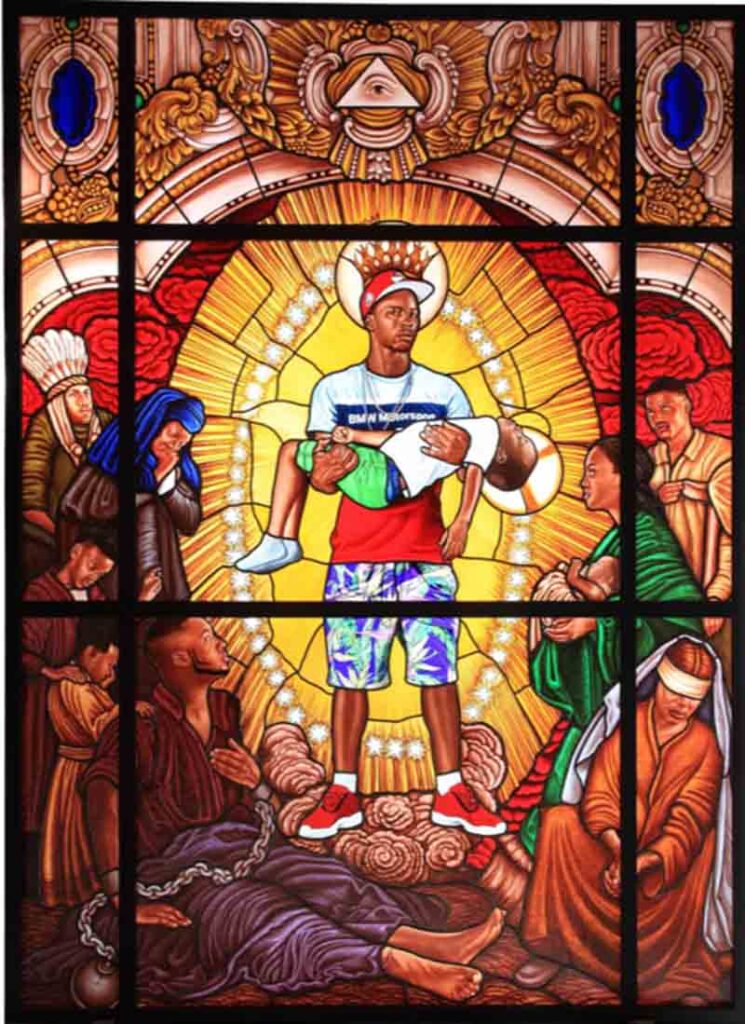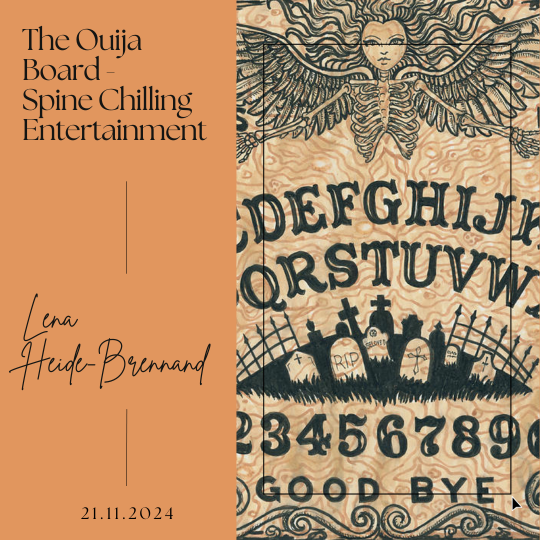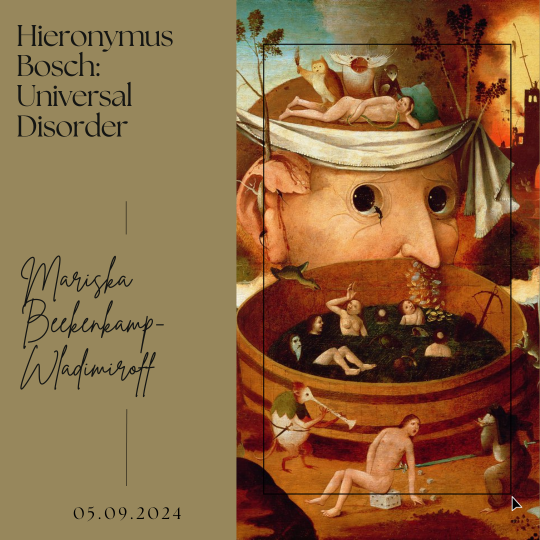Religion as Cultural Identity: Addressing Misconceptions and Examining Attitudes
written by art historian & curator
Religion, throughout human history, has been a defining characteristic of cultural identity for numerous societies and communities. Today it continues to shape beliefs, values, and practices, reflecting a deep-rooted connection between religion and culture. The sense of belonging and connection that individuals feel through religion towards a particular culture is expressed uniquely for each society. This is a multifaceted concept that encompasses various factors and experiences and provides an understanding of who individuals are and how they relate to the world around them. However, misconceptions often arise surrounding this relationship, leading to misunderstandings and biases. If we were to explore the concept of religion as a cultural identity, one will see that the subject gives birth to contradictory debates and forms certain attitudes towards religion and automatically, towards involved societies.
Videos on religion and spirituality:
Paintings, sculptures, and murals have been used to depict religious stories and narratives. These visual representations inspire devotion and reinforce the cultural identity associated with a particular religion. In modern times, art continues to influence religious cultural identity through contemporary interpretations and expressions. This issue is also addressed by artists who wish to make a change as art can significantly influence religious identity and its understanding. Through their work, artists can break stereotypes and help people broaden their horizons. A wider understanding of religion enriched in meaning, and history and adapted to the contemporary context, can transform it into a powerful tool for community progression and individual well-being. Contemporary art has the potential to address extremist ideologies and religious fundamentalism by promoting dialogue, critical thinking, and empathy. While art alone may not completely eliminate them, it can play a role in fostering a more open and tolerant society.
What is Cultural Identity
Cultural identity refers to the sense of belonging and connection that individuals and communities feel towards a particular culture or cultural group. It is a multifaceted concept that encompasses various factors and experiences, shaping an individual’s understanding of who they are and how they relate to the world around them. Cultural identity is constantly evolving and is influenced by a range of elements such as ethnicity, language, traditions, and historical experiences.

Ethnicity is a defying trait of cultural identity because it explores the shared background of one community. Language, ancestry, and historical heritage create the idea of belonging to a specific nation-state. Ethnicity is shaping one’s cultural identity, as it provides a sense of collective history and tradition. Historical experiences such as triumphs, struggles, and challenges contribute to the formation of ethnicity. Collective memories of historical events can influence how a community perceives its place in the world and relates to other cultures. Together with ethnicity, the language spoken by a community carries with it a wealth of cultural knowledge, stories, and expressions, creating a specific pattern of how people communicate and interpret the world.
Cultural traditions are perhaps the most visible parts of cultural identity because it comprises rituals, celebrations, festivals, and social norms that reflect the group’s shared values. Engaging in these traditions reinforces a sense of cultural identity and fosters a feeling of continuity with the community’s ancestors. For example, the Hindu festival of Diwali, the Islamic month of Ramadan, and the Christian celebration of Christmas are not only religious observances but also carry distinct cultural meanings and practices associated with the respective communities. The traditions are highly influenced by the group’s beliefs, often involved in the day-to-day behavioral moral patterns and religious and philosophical ideas.

Creative expressions, such as art, literature, and music, contribute to cultural identity by reflecting the values, beliefs, and aesthetic sensibilities of a community. These artistic forms often serve to preserve and transmit cultural knowledge and heritage. Art has the power to express spirituality and shape the way people perceive and engage with their religious traditions. For example, Leonardo da Vinci’s “The Last Supper” or Michelangelo’s “The Creation of Adam,” not only convey visual biblical narratives but also contribute to the cultural identity of Christianity.
Religion as a Pillar of Cultural Identity
Religion plays a pivotal role in establishing moral values and organizing social interactions. The religious expressions of individuals serve as a crucial element of cultural identity by offering a framework for understanding the world. More than this, religion provides limits by establishing moral guidelines and organizing social interactions. Religion can also influence various aspects of a person’s life, including their art, literature, music, architecture, and even dietary preferences. Consequently, when individuals identify with a specific religion, they often align themselves with the cultural heritage, traditions, and values associated with that religion, contributing to their sense of cultural identity. For instance, Hinduism, with its rich tapestry of rituals, festivals, and traditions, profoundly influences the cultural identity of millions of people in India and other parts of South Asia. Similarly, Islam, emphasizing prayer, fasting, and pilgrimage, forms an integral part of the cultural fabric of many Middle Eastern and North African societies.

However, while religion can be a significant component of cultural identity for many people, it does not define their entire cultural identity, and individuals can have multiple cultural affiliations and identities simultaneously. By appreciating religion as a cultural identity, people can contribute to the promotion of dialogue, social harmony, and mutual respect in our increasingly interconnected world.
Misconceptions About Religion and Cultural Identity
One common misconception is that religious identity implies a homogeneous belief system within a cultural group. This misconception overlooks its diversity and complexity as religious beliefs and practices can vary significantly even among individuals who identify with the same religion. Religion often intertwines with local traditions, leading to unique variations within the practice such as the way religious rituals are performed, the language used in religious ceremonies, and the specific customs followed by a religious community. Even within the same community, individuals may have varying degrees of devotion and adherence to specific religious teachings. Personal beliefs, spiritual experiences, and individual understanding of religious doctrines can lead to differences in the way individuals practice their faith. Many scriptures contain passages that can be interpreted in multiple ways. As a result, different religious denominations or sects may emerge, each interpreting certain aspects of their faith differently. Within Christianity, there are various denominations such as Catholicism, Protestantism, and Eastern Orthodoxy, each with distinct beliefs and practices. This diversity is also evident in Islam, where Sunni and Shia Muslims have varying practices and beliefs. Thus, religious diversity exists within cultures, even among adherents of the same religion. One must recognize this diversity and avoid generalizations when discussing religion as a cultural identity.

Another misconception is the belief that cultural identity is solely determined by religion, disregarding other influential factors. While religion significantly contributes to cultural identity, it is not the sole determinant. Language, nationality, ethnicity, history, and geography also shape cultural identities. For instance, an individual may identify with a specific religion while simultaneously embracing multiple cultural affiliations. Cultural identity is a complex interplay of various factors, and religion is just one piece of the puzzle.
Attitudes Toward Religion as an Expression of Cultural Identity
In a diverse world, attitudes towards religion range from respect and tolerance to skepticism and hostility. A positive attitude acknowledges and appreciates the cultural significance of religion, recognizing it as a valuable aspect of identity for individuals and communities. It promotes dialogue, understanding, and empathy, fostering social harmony. Respect for religious diversity is crucial in cultivating a multicultural society where people from different faith backgrounds can coexist peacefully.
Regrettably, negative attitudes toward religion can lead to stereotyping and prejudice. People may develop biased views based on misconceptions or distorted representations. For instance, Islamophobia has become a concerning issue in various parts of the world, where the actions of a few individuals are wrongly attributed to an entire religion. Such prejudices hinder the understanding and appreciation of religion as a cultural identity and contribute to societal divisions.

In some societies, a growing emphasis on secularism and individualism has led to a disconnection from religious traditions and practices. While secularism promotes the separation of religious institutions from the state, it does not imply the dismissal of religion’s cultural significance. Therefore disregarding religion as a vital component of cultural identity may lead to a loss of cultural heritage and a weakened sense of belonging for certain communities.
Recognizing the diversity within religious groups is crucial for promoting understanding and avoiding stereotypes. Assuming homogeneity can lead to oversimplifications and misunderstandings about religious traditions and those who follow them. It is essential to engage in open and respectful dialogue with members of different religious communities to gain a more nuanced and accurate understanding of their beliefs and practices.





Leave a Reply